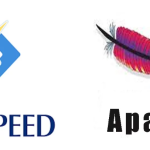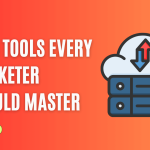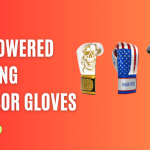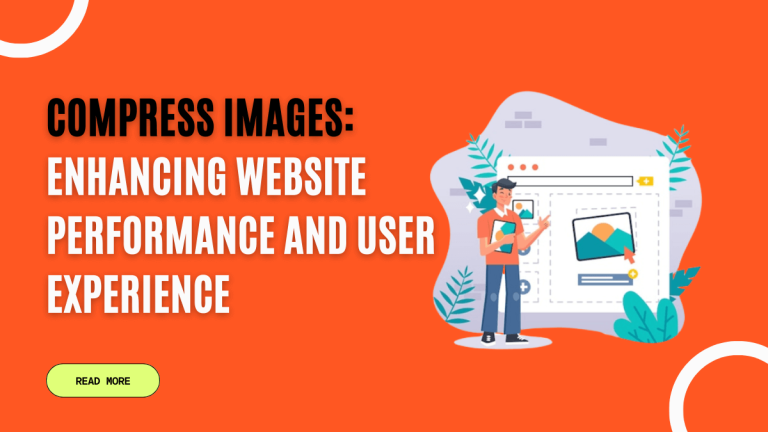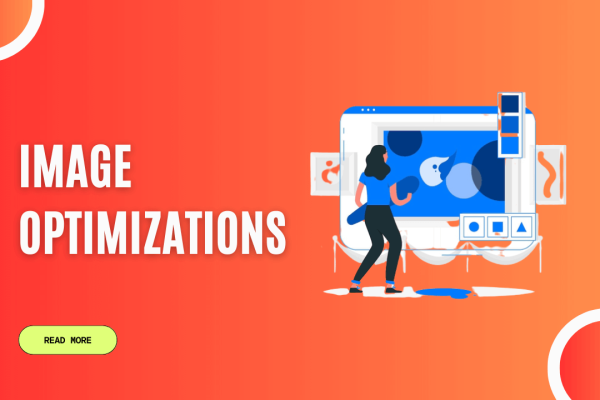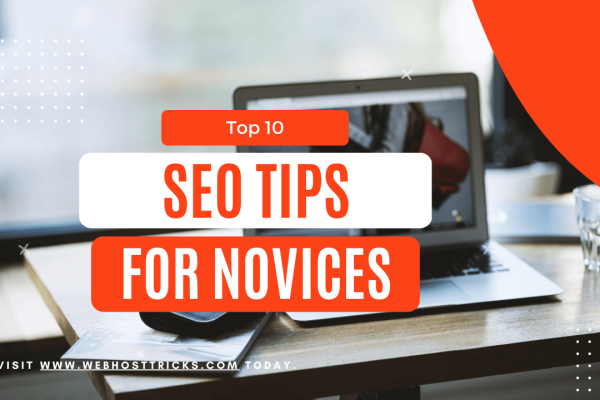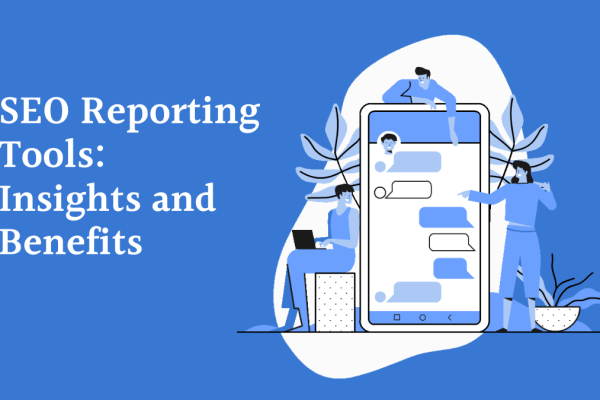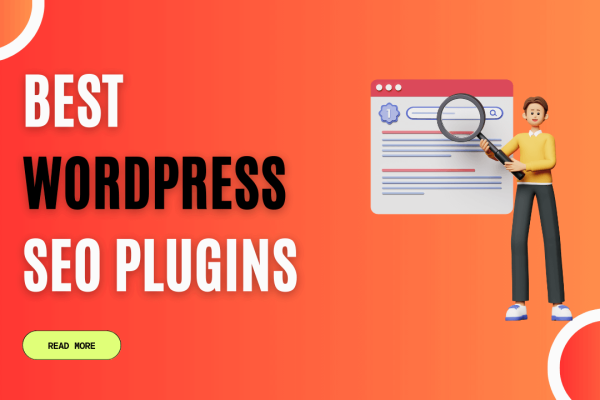In today’s digital landscape, where websites play a crucial role in delivering information and engaging users, optimizing website performance has become paramount. One significant aspect that affects website performance is the size of images used on the site. Large, uncompressed images can slow down page load times, resulting in a poor user experience.
In this article, we will explore the importance of compressing images, discuss various methods for compression, and provide valuable tips to enhance website performance.
The Significance of Compressing Images
In the digital realm, images play a crucial role in captivating and engaging website visitors. However, high-resolution images often come with significant file sizes, leading to slower loading times. This delay can frustrate users and drive them away from your website. To counter this issue, the process of compressing images becomes essential.
Understanding Image Compression
What is Image Compression?
Image compression is the process of reducing the file size of an image without compromising its visual quality significantly. By removing unnecessary data and optimizing the image’s encoding, compression techniques aim to strike a balance between file size and visual fidelity.
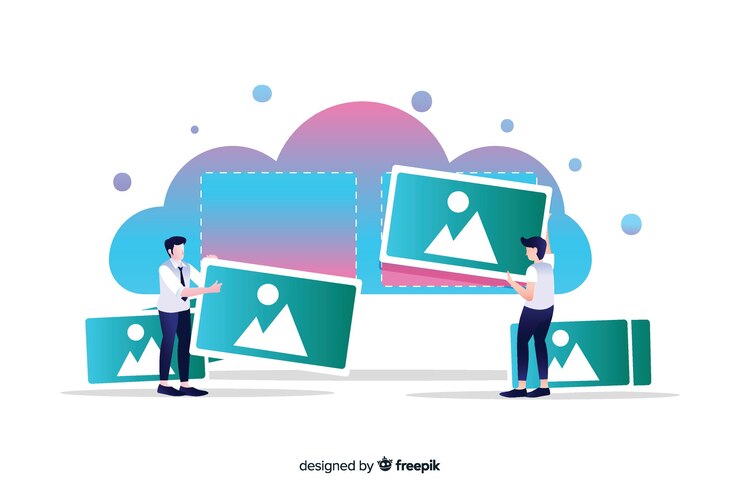
Benefits of Image Compression
- Improved Website Performance: Compressed images significantly reduce the file size, resulting in faster page load times and improve overall website performance.
- Enhanced User Experience: Faster loading times lead to a seamless user experience, reducing bounce rates and increasing user engagement.
- Optimized Bandwidth Usage: Compressed images consume less bandwidth, making them ideal for users with limited internet connectivity or mobile devices.
Popular Image Compression Techniques
Lossless Compression
Lossless compression reduces file size without sacrificing any visual quality. It achieves this by eliminating unnecessary metadata and redundant data. Lossless compression is ideal for images that require pixel-perfect accuracy, such as diagrams or line art.
Lossy Compression
Lossy compression achieves higher compression ratios by selectively discarding non-essential visual data. While the image quality might be slightly compromised, the reduction in file size is more significant. Lossy compression is suitable for photographs or images with complex gradients.
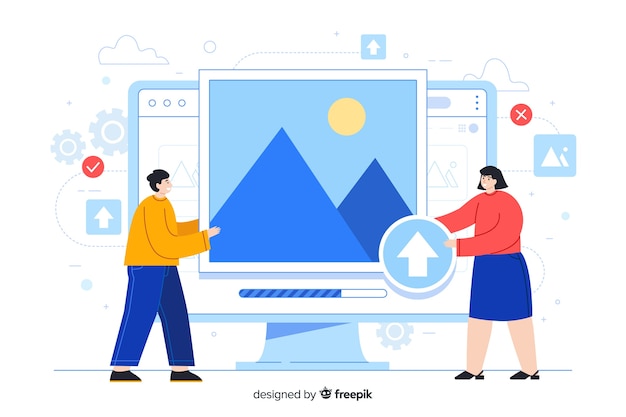
Comparing Lossless and Lossy Compression
The choice between lossless and lossy compression depends on the specific requirements of your website. If retaining visual fidelity is crucial, lossless compression is recommended. However, if file size reduction is the priority, lossy compression offers a more significant reduction but at the expense of some image quality.
Choosing the Right Image Format
When it comes to selecting the appropriate image format for your website, it’s essential to consider factors such as image content, quality, transparency needs, and browser compatibility. Let’s delve into the details of each format:
JPEG Format
JPEG (Joint Photographic Experts Group) is the most widely used image format for compressing photographs or images with complex color gradients. It utilizes a lossy compression algorithm that reduces file size while maintaining good visual quality. JPEG images are ideal for displaying high-resolution photos on the web.
Key Features:
- Lossy compression: JPEG reduces file size by selectively discarding non-essential visual data, resulting in a smaller file size compared to the original image.
- High compatibility: JPEG images are supported by all web browsers and widely used across various platforms.
- Rich color representation: The format supports millions of colors, making it suitable for displaying vibrant and detailed images.
- Adjustable compression levels: You can adjust the compression level when saving JPEG images, striking a balance between file size and image quality.
Best Use Cases: JPEG format is best suited for photographs, realistic images, and complex graphics that contain gradients or natural scenes. It’s widely used in photography websites, e-commerce platforms, and blogs where visual impact is essential.
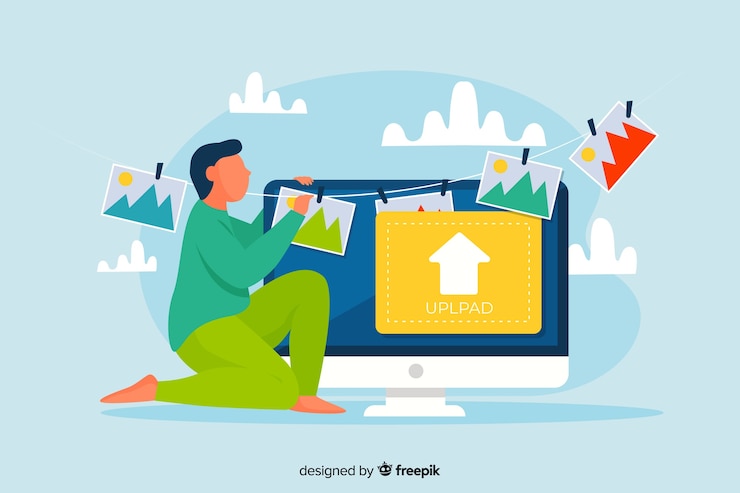
PNG Format
PNG (Portable Network Graphics) is a lossless image format that supports both transparency and high color depth. It was designed as an alternative to GIF and offers superior image quality while maintaining a relatively smaller file size.
Key Features:
- Lossless compression: PNG uses lossless compression, preserving the original image quality without sacrificing visual details.
- Transparency support: PNG format supports alpha channel transparency, allowing you to create images with transparent backgrounds or overlay text on images seamlessly.
- Broad browser support: PNG images are compatible with most modern web browsers and platforms.
- Limited file size optimization: While PNG offers excellent quality, its compression ratio is generally lower compared to other formats.
Best Use Cases: PNG format is best suited for images that require transparency, such as logos, icons, or images with text overlays. It is commonly used for graphics, illustrations, and screenshots that need to maintain high-quality details.
GIF Format
GIF (Graphics Interchange Format) is primarily used for simple animations and images with a limited color palette. It supports animation frames and has been widely adopted on the web for its simplicity and compatibility.
Key Features:
- Animation support: GIF allows the creation of simple animations by displaying a sequence of frames in a loop.
- Limited color palette: GIF images can have a maximum of 256 colors, making them suitable for graphics with simple color schemes or illustrations with solid colors.
- Transparency support: GIF supports transparency, enabling the creation of images with transparent backgrounds or parts.
- Relatively large file sizes: GIF files tend to have larger file sizes compared to other formats due to its limited compression capabilities.
Best Use Cases: GIF format is best suited for simple animations, such as logos with subtle movements, icons, and graphics with limited colors. It is commonly used for social media memes, short animations, and basic image-based advertisements.
SVG Format
SVG (Scalable Vector Graphics) is a vector-based image format that uses XML markup to describe images. Unlike raster formats, SVG images are resolution-independent and can be scaled without losing quality.
Key Features:
- Scalability: SVG images can be scaled up or down without compromising quality, making them ideal for responsive web design.
- Small file sizes: SVG files are typically smaller in size compared to raster formats, resulting in faster loading times.
- SEO-friendly: As SVG images can be easily optimized for search engines, they contribute positively to SEO efforts.
- Ideal for graphics and icons: SVG is commonly used for logos, icons, infographics, and illustrations that require scalability.
Best Use Cases: SVG format is best suited for images that require scalability, such as logos, icons, and illustrations. It’s widely used in websites, especially those with responsive design requirements, and applications that involve interactive graphics.
WEBP Format
WEBP is a modern image format developed by Google that provides both lossy and lossless compression. It aims to offer better compression efficiency and smaller file sizes without compromising image quality.
Key Features:
- Advanced compression algorithms: WEBP utilizes sophisticated compression techniques to achieve high compression ratios while maintaining good visual quality.
- Transparency support: WEBP format supports both lossy and lossless transparency, allowing images with transparent backgrounds or partial transparency.
- Animation support: Similar to GIF, WEBP can also be used to create animated images with multiple frames.
- Browser compatibility: While WEBP is supported by most modern web browsers, older browsers may have limited or no support for this format.
Best Use Cases: WEBP format is best suited for web-based applications and platforms that prioritize smaller file sizes and faster loading times without compromising image quality. It is commonly used for images on websites, online stores, and digital marketing campaigns.
Choosing the right image format depends on the specific requirements of your website or application. Consider factors such as image content, transparency needs, file size optimization, and browser compatibility to ensure optimal visual quality and performance.
Best Practices for Image Compression
To optimize website performance and deliver an excellent user experience, consider the following best practices for image compression:

Image Optimization Tools
Utilize image optimization tools like TinyPNG, Kraken.io, or Squoosh to automatically compress your images without compromising quality. These tools can significantly reduce file sizes while maintaining visual integrity.
Resizing and Cropping Images
Before uploading images to your website, resize and crop them to the dimensions required by your web design. This step ensures that you are not unnecessarily loading larger images, which can impact page load times.
Minifying CSS and JavaScript
Optimize your website’s CSS and JavaScript files by minifying them. Removing unnecessary white spaces, and comments, and reducing file sizes can improve overall website performance.
Lazy Loading
Implement lazy loading techniques, which load images only when they become visible in the user’s viewport. This approach reduces initial page load times and saves bandwidth by loading images on demand.
Content Delivery Network (CDN)
Utilize a Content Delivery Network (CDN) to store and deliver your website’s images efficiently. CDNs distribute your content across multiple servers worldwide, ensuring faster image delivery to users, regardless of their geographical location.
The Impact of Compressed Images on SEO
Faster Page Load Times
Compressed images contribute to faster page load times, which is a crucial factor in search engine optimization (SEO). Search engines favor websites with faster loading speeds, resulting in better rankings and improved organic visibility.
Improved Mobile Experience
With the rise of mobile browsing, optimizing website performance for mobile devices is crucial. Compressed images enhance the mobile user experience by reducing data usage and improving loading times, leading to increased engagement and lower bounce rates.
Reduced Bounce Rates
Slow-loading websites often result in higher bounce rates, as users tend to abandon sites that take too long to load. Compressed images contribute to faster loading speeds, reducing bounce rates and keeping users engaged with your content.
Conclusion
Compressing image is a vital step in optimizing website performance and delivering an excellent user experience. By reducing file sizes through compression techniques, choosing the right image formats, and implementing best practices, you can significantly enhance your website’s speed, engagement, and SEO rankings.
FAQs
Compressing images improve website performance, reduces load times, and enhances user experience.
Yes, lossless compression retains all visual information, while lossy compression sacrifices some quality to achieve higher compression ratios.
The PNG format supports transparency and is ideal for images that require a transparent background or have text overlays.
Use image optimization tools or resize/crop images manually to match the required dimensions of your website design.
Compressed images contribute to faster page load times, improved mobile experience, and reduced bounce rates, which positively affect SEO rankings.
